Chandranath Das, former Chief Curator of the Himalayan Mountaineering Institute in Darjeeling, stands as a distinguished figure in the world of art restoration and museology. A senior museum consultant and accomplished restorer, he brings academic depth and global exposure to his practice. He earned his graduate degree from the prestigious Government College of Art and Craft, Kolkata, pursued postgraduate studies in Italy, and attained the rare distinction of holding an Associateship from the Museums Association (AMA), UK—becoming the first professional from outside the UK to receive this honor in the field of Museology.
Driven by an enduring fascination with the semiotics of museum display and the nuanced craft of art conservation, Das has bridged the worlds of scholarship and practice. He is also a certified mountaineer, an identity that profoundly informs his art. On canvas, he renders breathtaking landscapes and expressive forms—works that now grace the permanent collections of Rashtrapati Bhavan Museum in India, the Scottish National Gallery of Modern Art in Edinburgh, and several other esteemed institutions worldwide.
In 2023, he achieved a landmark feat by creating the Himalayan Range Poster and 3D Model in a Single Frame, a work that entered the Harvard World Records for its artistic innovation and geographic precision.
Das has exhibited extensively across India and abroad, with solo and group shows at Lalit Kala Akademi (New Delhi), Oriental Society of Art (Kolkata), India Habitat Centre (New Delhi), Colorida Art Gallery (Lisbon, Portugal), Bajaj Art Gallery (Mumbai), and the Academy of Fine Arts (Kolkata), among others.
In an exclusive conversation with The Interview World, Das delves into the essence of his practice—unpacking the symbolic layers of his work, exploring his artistic treatment of wildlife, and offering rare insights into his latest creation: Operation Sindoor. What follows are the most compelling takeaways from this rich and reflective dialogue.
Q: Can you describe your artistic style and the techniques you use in your paintings?
A: For over three decades, I lived and worked in Darjeeling, nestled in the lap of the Himalayas. Each morning, the first thing I saw was the majestic Kanchenjunga. In many ways, my day—and my artistic journey—has always begun with the Himalayas. Naturally, every painting I create finds its soul rooted in this awe-inspiring mountain range.
My artistic signature lies in capturing the Himalayas across seasons. I don’t merely depict landscapes; I distill fleeting moods, shifting lights, and elemental forces onto canvas. Rather than traditional brushes, I paint exclusively with a spatula. This technique allows me to sculpt texture and motion with each stroke, creating a tactile, almost topographic feel.
Among my recent explorations are a series of works rendered in charcoal, featuring the Himalayan yak. Their stark black forms emerge from my direct engagement with the material, stripped of embellishment, yet rich in raw power.
My deep familiarity with the region comes from more than observation. As the curator of the Himalayan Mountaineering Institute, I scaled numerous peaks. This intimate knowledge of the terrain enabled me to undertake one of my most ambitious artistic feats: mapping the entire Himalayan range in a single frame.
This work has earned global recognition. It holds records in the Guinness Book of World Records, the London Book of World Records, and the Harvard World Records. No one, until now, had successfully represented the entire Himalayan arc—from east to west—in one unified composition.
Spanning 2,700 kilometers, the piece is executed using color pens and ink, with meticulous attention to topographical accuracy. Every peak, every contour, every altitude is precisely documented. The project demanded four years of exhaustive research and artistic labor.
The culmination of this journey is not only a visual masterpiece but also a published work. My book, Mountain and Mountaineering, now available on Amazon, chronicles this endeavor. It weaves together historical narratives and a comprehensive sketch of the Himalayas—one that has, for the first time, been captured in totality.
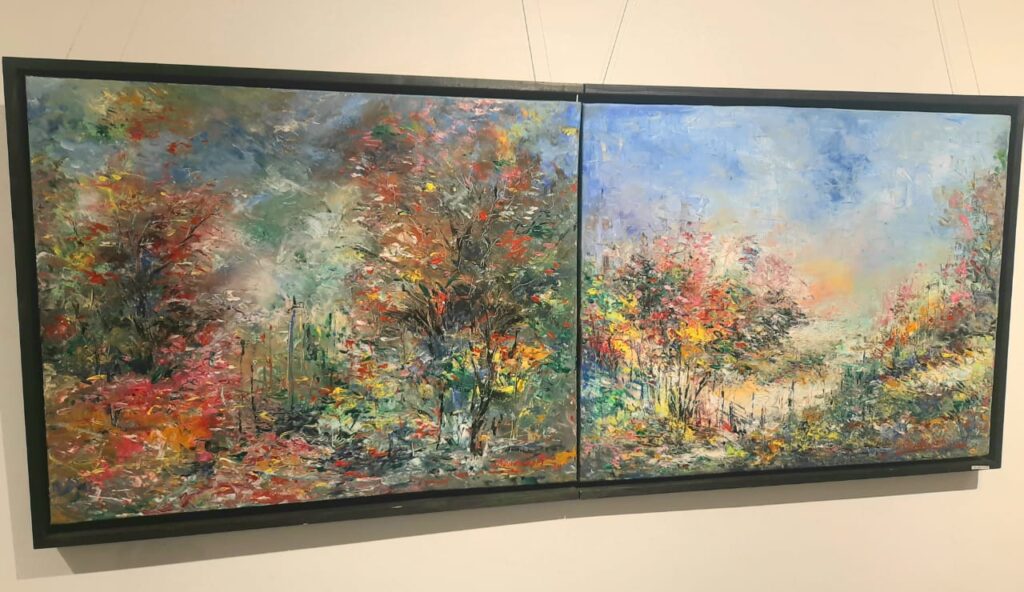
Q: How would you describe the distinctive elements or signature style that define your paintings?
A: Absolutely—my soul has belonged to the Himalayas for over four decades.
These mountains are etched into my being. I don’t just see them—I inhabit every contour, every hidden corner. Only those who live amidst this sacred terrain can truly grasp its quiet grandeur.
This is more than a place; it is a presence you feel deep within.
My entire body of work flows from this connection. Each painting speaks of nature—its moods, its rhythms, its silent power.
All but one.
One painting departs. It explores the spiritual path—the cyclical essence of Buddhist life. A visual meditation on impermanence, rebirth, and transcendence.
Q: Have you ever brought the beauty and intensity of wildlife to life on your canvas?
A: This isn’t just wildlife. This is the Himalayan Yak—a living emblem of endurance in the high altitudes.
In the world of mountaineering, Yaks serve as tireless porters. They accompany climbers through unforgiving terrain, hauling gear and provisions across daunting landscapes.
I’ve witnessed them at close quarters—after long hours of carrying burdens, the mountaineers finally release them. The moment of relief is almost human. A silent permission: You may rest now.
Their expressions speak volumes. Each Yak carries its own mood. At times, they appear content—almost serene. At others, restless or defiant. Some clash in sudden bursts of primal energy.
I observe. I absorb. I paint.
Every gesture, every glance, every emotion etched into these magnificent creatures—I capture them all. One frame at a time.
Q: Your recent works pay homage to Operation Sindoor. Can you share the story behind the operation and what it means to you personally as an artist?
A: I once served as the curator of the Himalayan Mountaineering Institute—an institution under the Ministry of Defence.
I lived there, immersed in its atmosphere, surrounded by defence personnel whose lives embodied discipline, resilience, and quiet sacrifice. I didn’t just witness their world—I felt it deeply.
Their unwavering dedication left a lasting impression. It shaped my understanding of service, of purpose. That spirit—of doing something greater for the nation—runs through my veins.
This is why my artistic journey began in the Himalayas. It was more than just inspiration—it was a calling.
One day, as rain fell gently across the mountain range, the moment stirred something profound within me. That memory took form on canvas.
These paintings are my tribute—to the silent strength of the mountains, and to the brave souls who guard them. Each brushstroke honors the soldiers of this country.
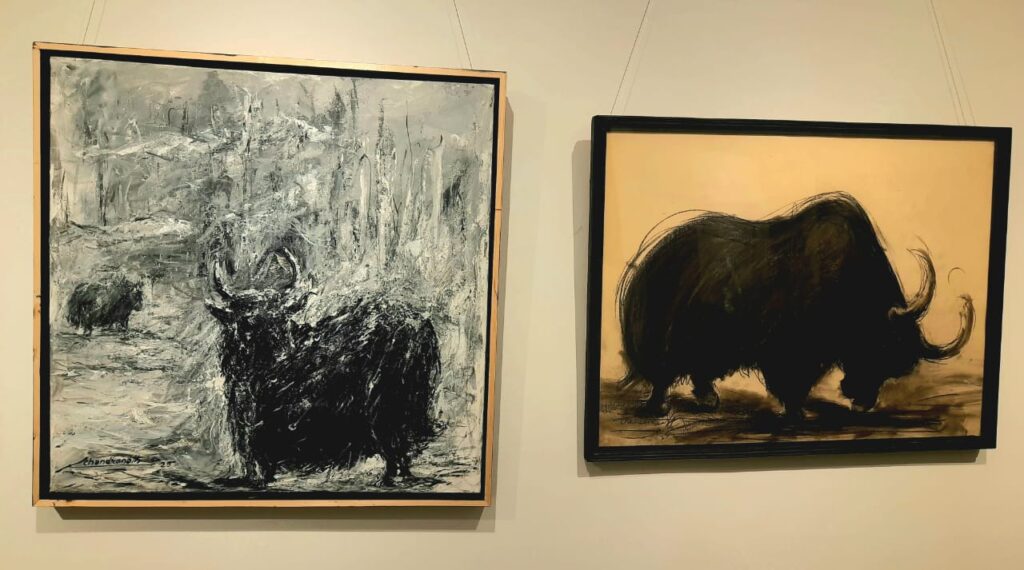

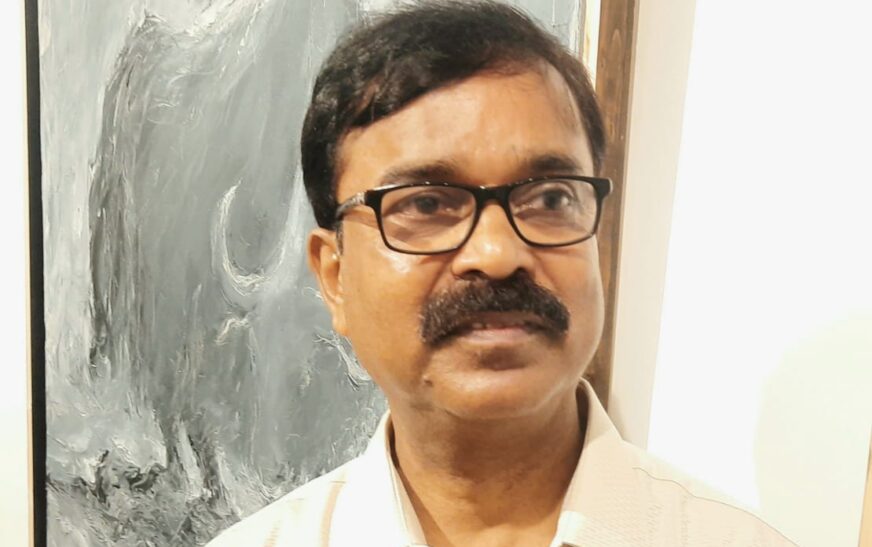



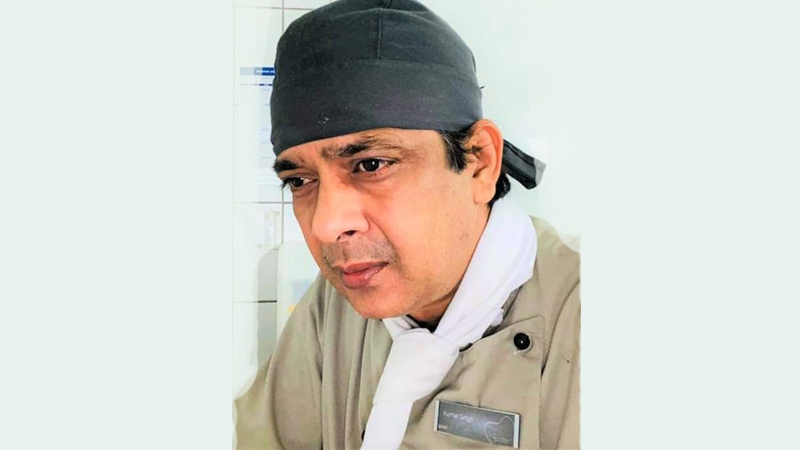
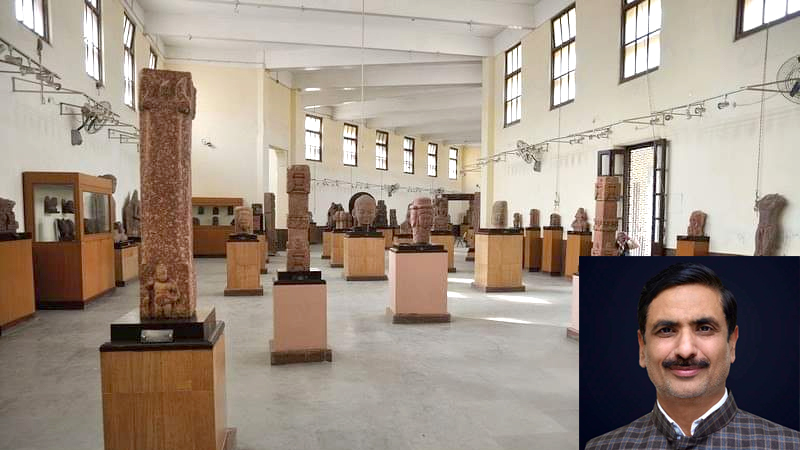
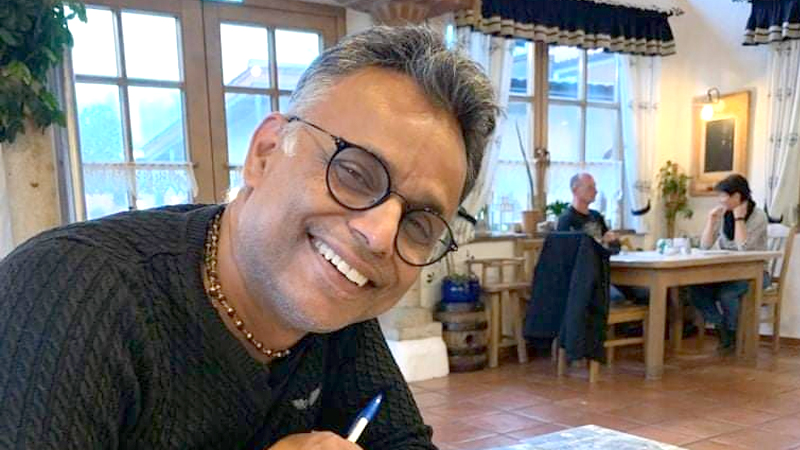

2 Comments
This was easy to follow, even for someone new like me.
Your writing always inspires me to learn more.